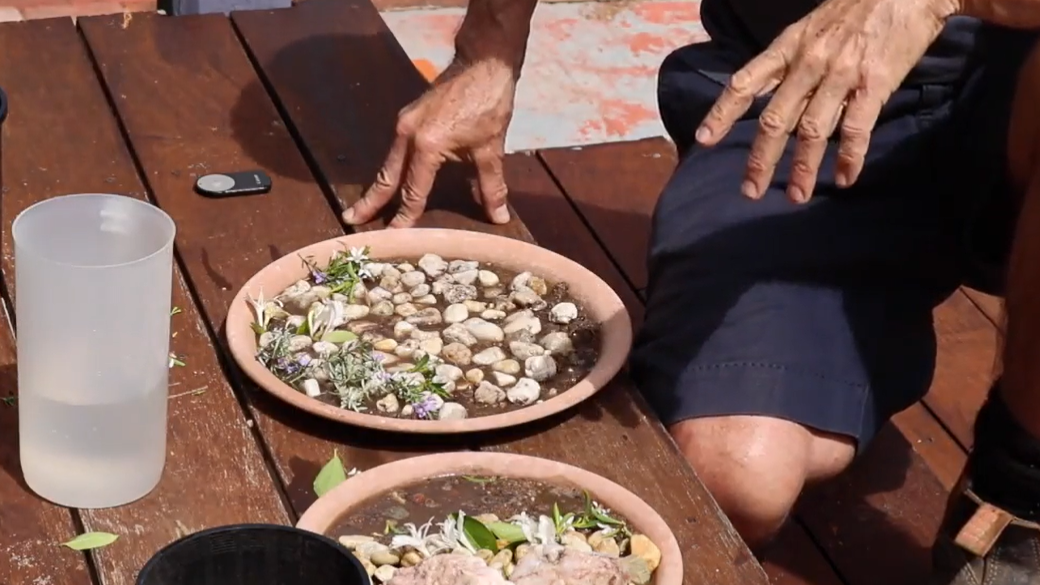
Like all animals, pollinators need a safe, dependable source of water year-round. Create a reliable water source for them and they will come!
Creating a pollinator watering station or a butterfly puddler is relatively easy, as creatively demonstrated by UCLN Treasurer, Chris Gymer in this video, but is immeasurably important if you want to attract native pollinators to your place and keep them coming back!
Pollinators are creatures of habit. Once they find a reliable source of shelter, food or water they will return again and again. Since getting them to change their food or water source is nearly impossible, it is best to establish a source of water for them before they find one by themselves.
The best water sources for pollinators are:
- chemical free
- will not go dry
- will not drown the pollinators
- appropriately located in terms of shade and aspect
- will not be shared with livestock or pets.
To get these habitual creatures where he wants them, Chris has placed flowers in his dish to initially entice the pollinators to his waterer. You can also use oyster shells (they will be attracted to the salty smell) or ripe fruit.
As Chris wisely points out in his video, many of our pollinators are small and drown easily, so using a shallow dish lined with local soil (for minerals) and then filled with rocks or marbles is ideal. Just keep the water line shallower than the rocks, so the pollinators have a place to land. Surprisingly, soil is a key component for puddlers as butterflies like the mud!
It is equally important to make sure the dish of water you are putting out for thirsty pollinators has not been contaminated with pesticides or other pollutants like washing detergent, which will break the water tension and allow tiny pollinators like bees and insects to drown. If you have any doubts about your tap water and its level of treatment, opt for rain water which is easy to collect in a bucket or jar.
Place your dish in a warm, sheltered, east facing shady spot in amongst flowering plants or trees and sit back and enjoy the beautiful native pollinator species that come to visit your garden.
